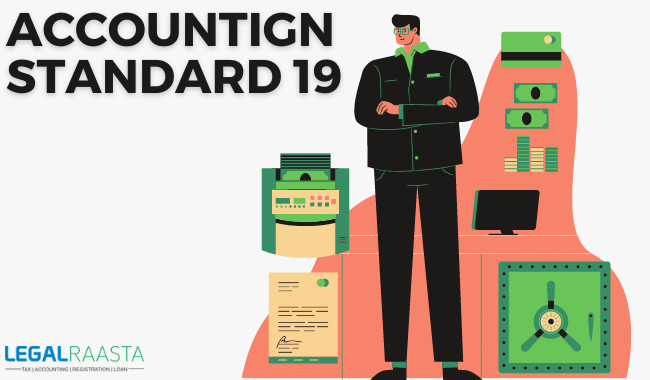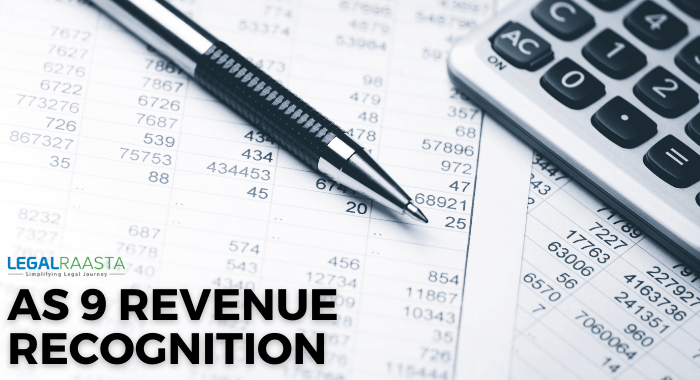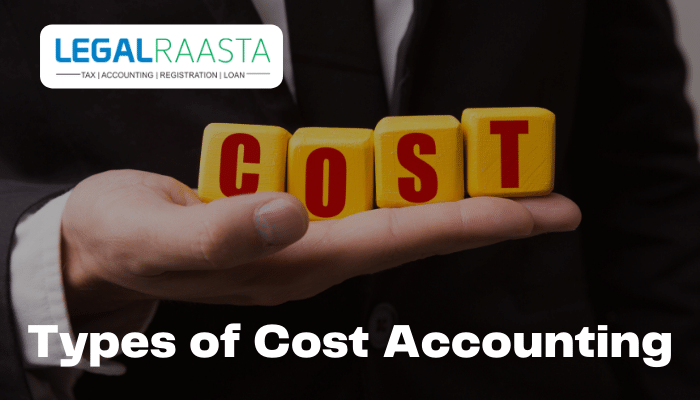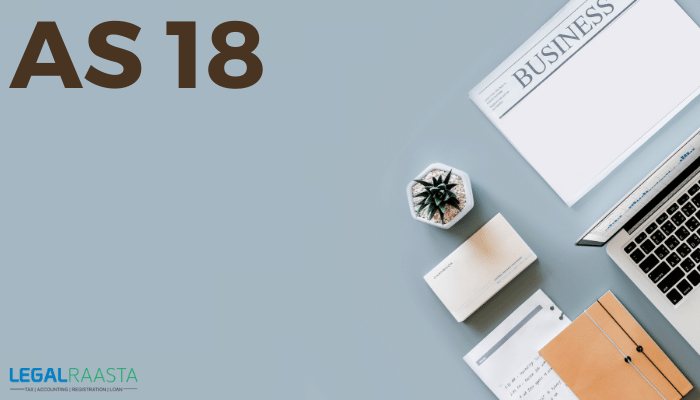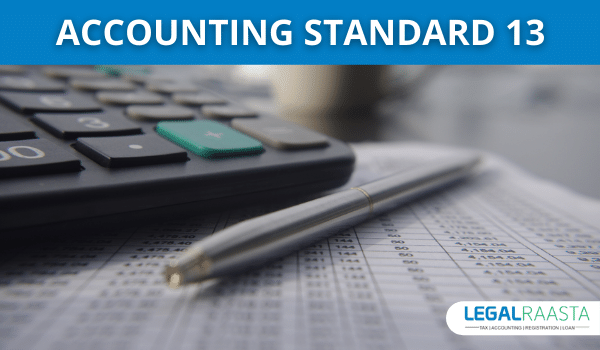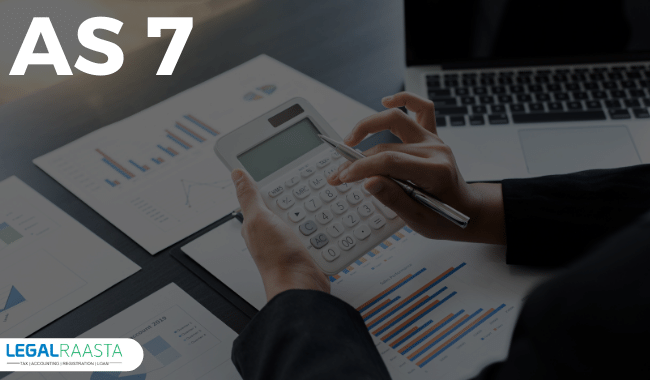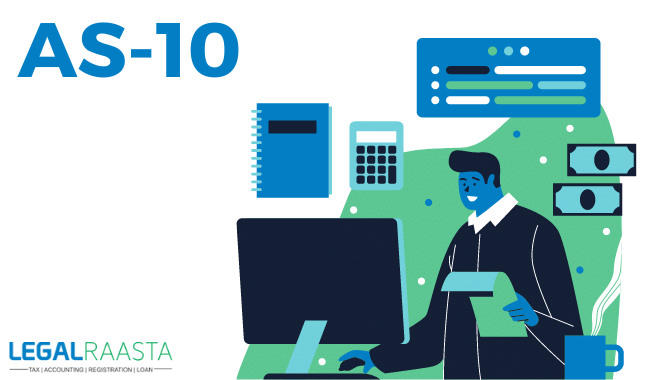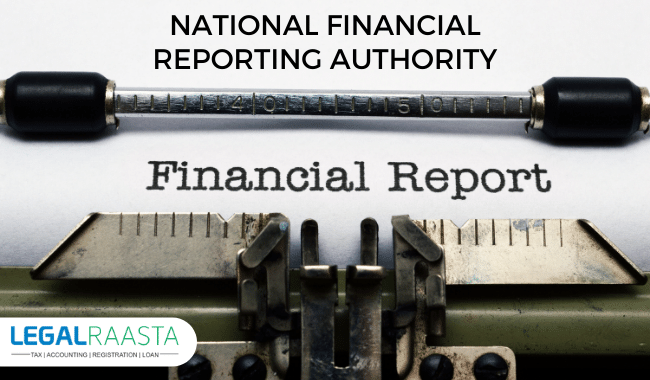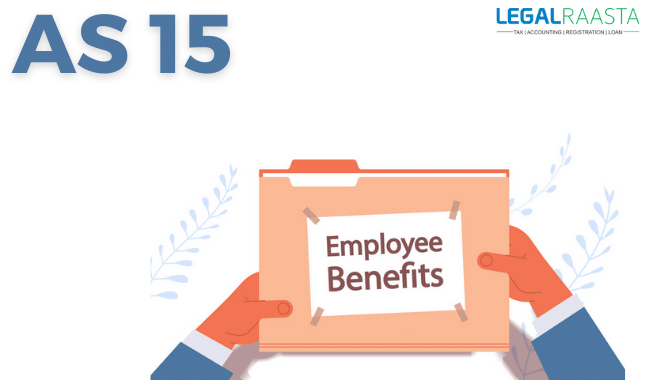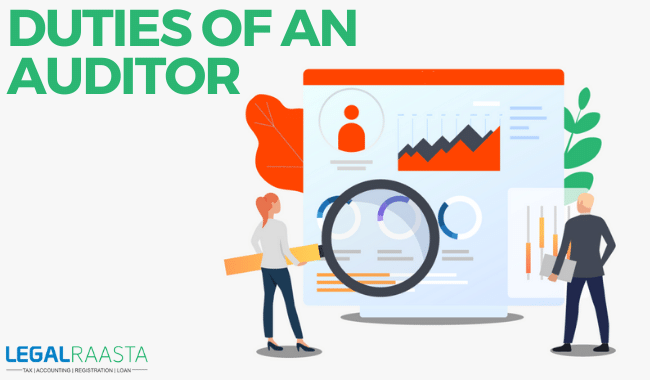AS 19 – Leases
AS-19 deals with the accounting policies applicable for all types of leases except certain listed below. A lease is an arrangement between the lessor and the lessee that grants the lessee the right to use an asset in exchange for a payment or series of payments over a predetermined period of time.
What types of leases are excluded from this standard?
The following items are not covered by this Standard:
(a) Leases for the exploration or use of natural resources. for example Oil, gas, wood, metals, and other mineral rights
(a) Licensing agreements for example: Films, video recordings, plays, writings, patents, and copyrights are examples.
c) Leases for the use of land
There are two types of leases:
1. Finance a lease
2. Operating Lease
Finance Lease
All risks and rewards are transferred to the asset owner in a lease. The title may or may not be transmitted in the future.
The following are some examples of finance leases:
- A lease in which the lessee receives the assets at the conclusion of the lease period.
- Lease term during which the lessee has the option to purchase the assets from the lessor at a price that is less than fair value on the date the option is exercised.
- Even if the title is not transferred, the lease term covers the asset's whole economic life.
- A lease period in which the present value of the minimum lease payments equals or significantly covers the leased asset's fair value.
- The leased asset is of a unique kind. Ex-ambulance driver (the lessee can use it without major modifications being made)
Operating Lease
An Operating Lease is any type of lease that is not a finance lease.
In the case of a finance lease, accounting in the books of the lessee is required.
- At the start of the lease, the lessee will record the lease as an asset or a liability equal to the fair value of the leased assets.
- Divide lease payments between finance charges and the reduction of the outstanding amount.
- Distribute the loan fee throughout the lease duration.
- Make a depreciation journal entry.
Disclosure in the case of a finance lease
- Leased assets should be reported separately.
- At the balance sheet date, show the net carrying amount for each leased asset.
- Provide a reconciliation between the balance sheet date's Minimum Lease Payment and their current value.
- Show the total of minimum lease payments and their current value at the balance sheet date for:
- One year is the deadline.
- After a year, but not more than five years
- More than five years later
- At the balance sheet date, the minimum sublease payment is scheduled to be received.
- A description of the lessee's major lease arrangements in general
In the case of an Operating Lease, the payment is recorded as an expense in the profit and loss account in the Lessee's books.
- In the case of an Operating Lease, the following information is provided:
1. Future lease payments for the next period
- One year is the deadline.
- After a year, but not more than five years
- More than five years later
2. Total Lease Payments Expected in the Future
3. Lease payment is shown in the period's profit and loss statement
4. Lessee Significant Leasing Arrangements: A General Description
In the case of a finance lease, accounting in the Lessor's accounts is required.
- The lessor must record assets in his or her records in an amount equivalent to the net investment in the lease.
- Keep track of financial revenue using a pattern that reflects a consistent periodic rate of return.
- Calculate the lessor gross investment in leasing by estimating the unguaranteed residual value.
- If the expected unguaranteed residual value decreases, modify the income allocation for the remainder of the lease term. Reduction in the amount to be recognized immediately in comparison to the amount already recognized. The upward adjustment will be overlooked.
- The initial direct cost of the lease might be reflected in the profit and loss account right once or spread out over the lease term.
Disclosure required in the case of a finance lease
1. Reconcile the total lease investment at the balance sheet date with the present value of the minimum lease payment.
Also, reveal the same as
- One year is the deadline.
- After a year, but not more than five years
- More than five years later
2. Finance income that was not earned
3. Residual value that isn't guaranteed
4. Provision for uncollectible minimum lease payments receivable has accumulated.
5. In the profit and loss account, a contingent rent is recorded.
6. A general description of the tenancy agreement
7. The initial direct cost accounting policy was adopted.
In the case of an Operating Lease, accounting in the Lessor's books is required.
- Assets should be recorded in the balance sheet under fixed assets by the lessor.
- Lease income should be recorded in the profit and loss account.
- Costs incurred, including depreciation, must be recorded in the income statement.
- Examine for impairment and account for it in the books in accordance with GAAP.
In the case of an Operating Lease, disclosure is required.
- At the balance sheet date, accumulated depreciation, accumulated impairment, and carrying amount for each asset class.
- Depreciation is accounted for in the profit and loss account.
- Impairment losses are accounted for in the profit and loss account.
- In the profit and loss account, the impairment loss has been reversed.
- For each of the following periods, the future minimum lease payment is:
- One year is the deadline.
- After a year, but not more than five years
- More than five years later
6. The whole contingency is recorded in the profit and loss account.
7. A general description of the tenancy agreement
Transaction of Sale and Leaseback
- If the sale and leaseback transaction results in a financing lease, any excess or shortfall over the carrying amount should be delayed and amortized throughout the lease period in proportion to the leased assets' depreciation.
- If a sale and leaseback transaction results in an operating lease, any surplus or deficit over the carrying value should be reported in the book of account as soon as possible:
- If the sale price is less than fair value, the loss is offset by future lease payments at a lower price; it should be deferred and amortized in proportion to the lease payments over the estimated life of the asset.
AS19 vs. IAS17: What's the Difference?
| Basis |
As 19 |
IAS 17 |
| Lands for lease
|
-AS 19 does not apply to land leases. |
-IAS17 has special requirements for land and building leases. |
| Residual worth
|
-In AS 19, the phrase "Residual Value" is defined |
-The term "Residual Value" is not defined in IAS 17. |
| the beginning and the start
|
-Although both terms are used in AS 19 at times, they are not defined and distinguished. |
-IAS 17 distinguishes between lease initiation and lease commencement. |
| Recognize the lease
|
-According to AS 19, such recognition occurs at the start of the lease |
-According to IAS 17, at the start of the lease period, the lessee must recognise financing leases as assets and liabilities in the balance sheet. |
| Modifications to lease payments
|
-Not Dealt by AS 19 |
-IAS 17 is concerned with the adjustment of lease payments made between the start of the lease and the start of the lease term. |
| Guidance
|
-There is no guidance |
-In the case of operating leases, IAS 17 gives guidance on accounting for: incentives and determining whether a transaction with the legal form of a lease contains a lease element, and evaluating the substance of such a transaction |
| Upward revision
|
-During the lease period, AS 19 precludes upward revision of unguaranteed residual value. |
-During the lease term, IAS 17 allows for an upward modification of unguaranteed residual value. |
| Amortization Method
|
-In the case of a sale and leaseback transaction (in the case of a finance lease), AS 19 requires the seller (lessee) to defer and amortize the excess of sale proceeds over the carrying price of the asset over the lease term, in proportion to the depreciation of the leased asset. |
-IAS 17 also requires the excess of sale proceeds above the carrying price of the asset to be delayed and amortized by the seller (lessee) in the case of a sale and leaseback transaction (in the case of a finance lease), but it does not specify the method of amortization. |
| Leasing classification
|
-The existing standard does not address these issues. |
-If other liabilities are classified as current or non-current, IAS 17 requires a current/non-current classification of lease liabilities. |
| Lease rental attribution
|
-AS 19 does not allow for this. |
-IAS 17 stipulates that in the event of an operating lease if the escalation of lease rates is due to predicted general inflation to compensate the lessor for expected inflationary expenditures, the lease should not be straight-lined. |
| Direct costs at the start
|
-AS 19 requires that the lessor's initial direct expenditures (in the event of an operating lease) be charged off at the time of incurrence or amortised over the lease duration. |
-According to IAS 17, the lessor's initial direct expenditures (in the event of an operating lease) must be included in the carrying amount of the leased asset and amortised as an expense over the lease period. |
The following are the differences between IAS 17 and IFRS 16:
If payment to the lessor is not made on a straight-line basis, IAS 17 requires all lease rentals to be charged to the statement of profit and loss account on a straight-line basis unless another systematic approach is more appropriate.
IFRS 16: Unless the payments to the lessor are structured to increase in step with expected general inflation to compensate for the lessor's expected inflationary cost associated with the lease, all lease rentals shall be charged to the statement of profit and loss as per the lease agreement.
This requirement is not met if payments to the lessor vary due to factors other than ordinary inflation.
Conclusion:
If there is an inflation component in the lease rentals, we must compute all expected rentals and charge them equally in the statement of profit and loss over the lease term, and we must transfer the excess/deficit to the lease equalisation account under IAS17.
Related Posts:
Ind AS 115: Revenue From Contracts With Customers
Accounting Methods
Concept of Accounting standards- A Study
Changes in Indian Accounting Standard for NBFCs

